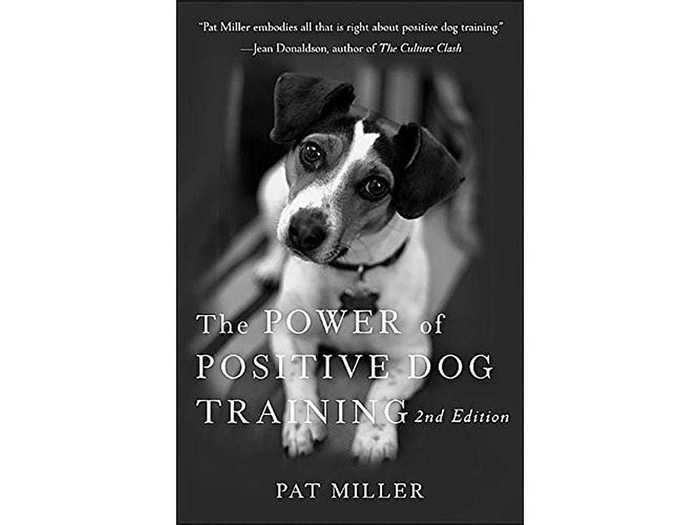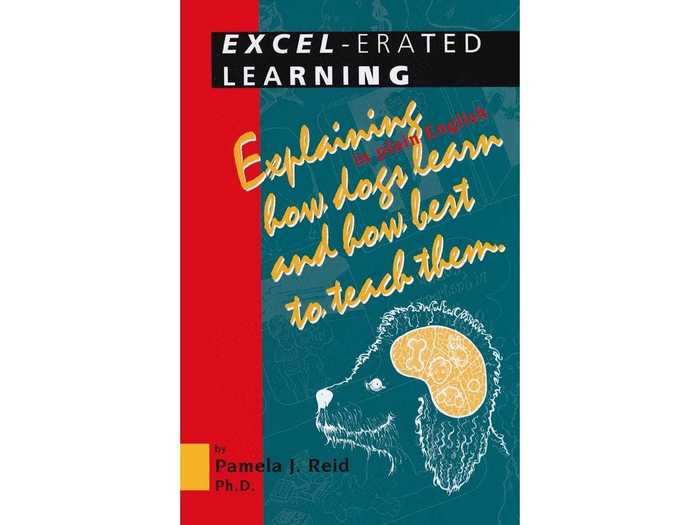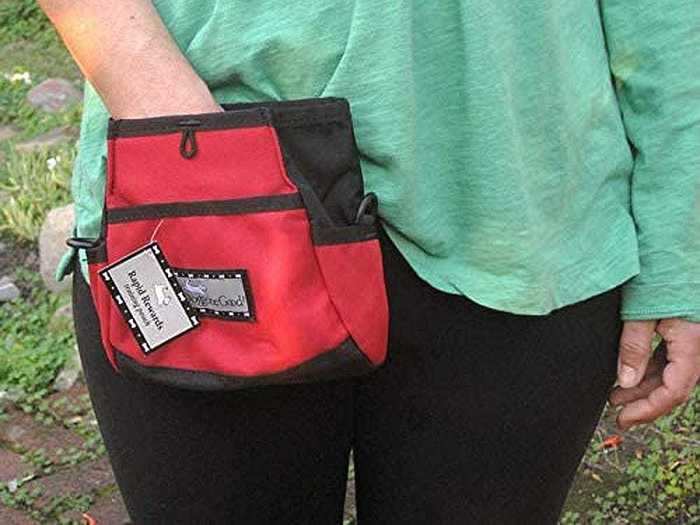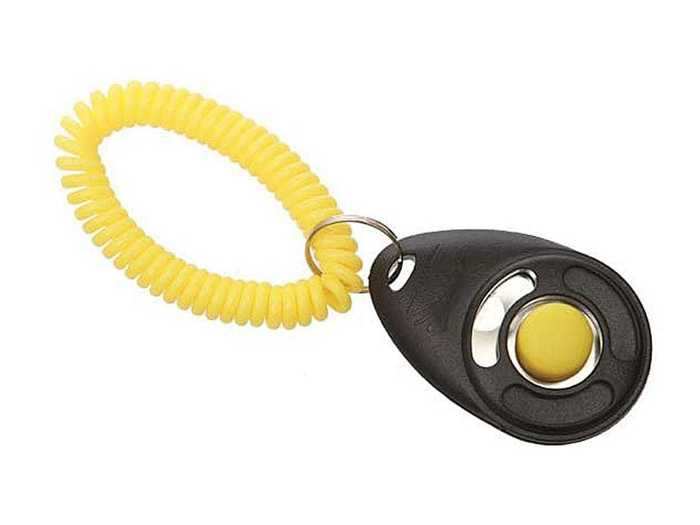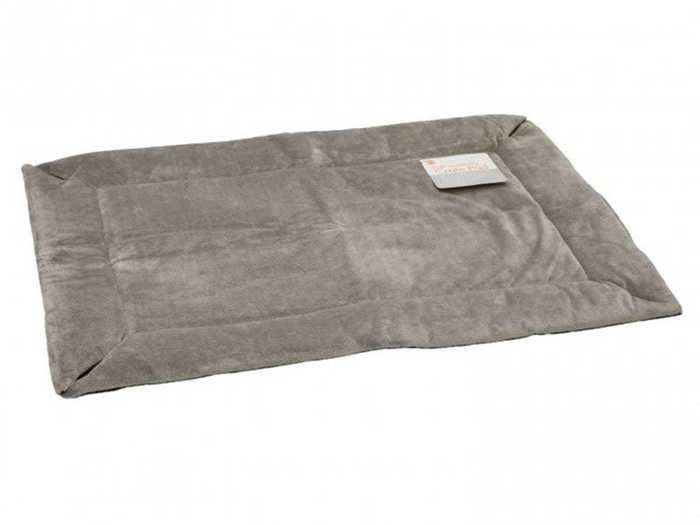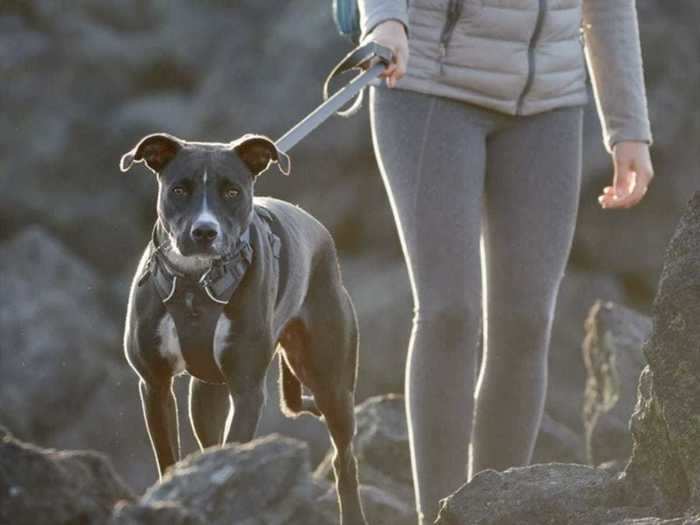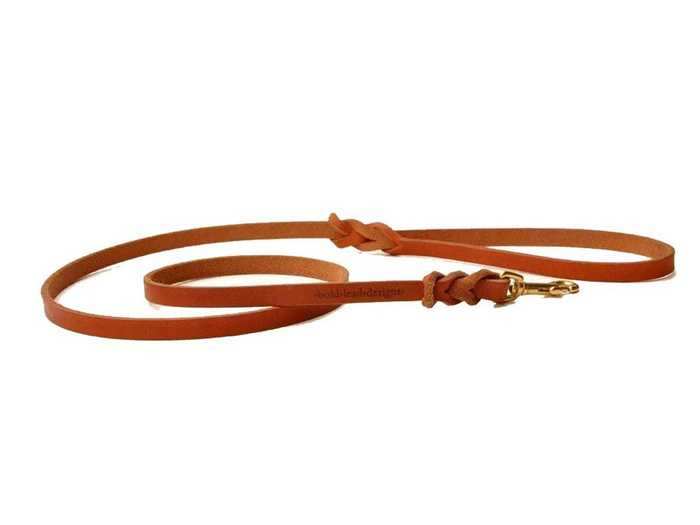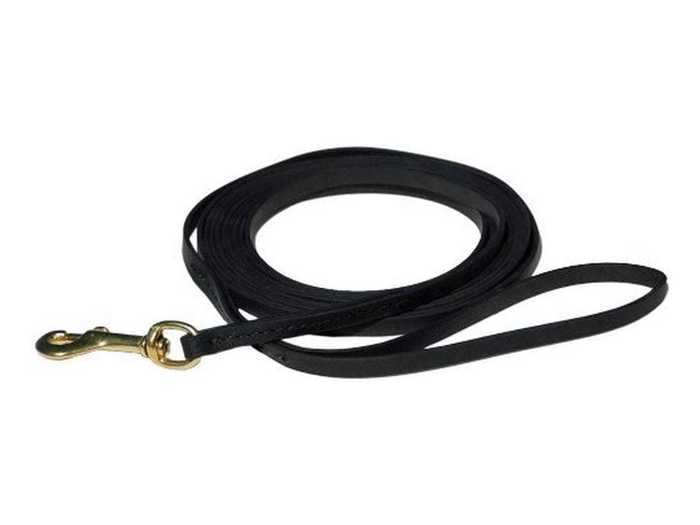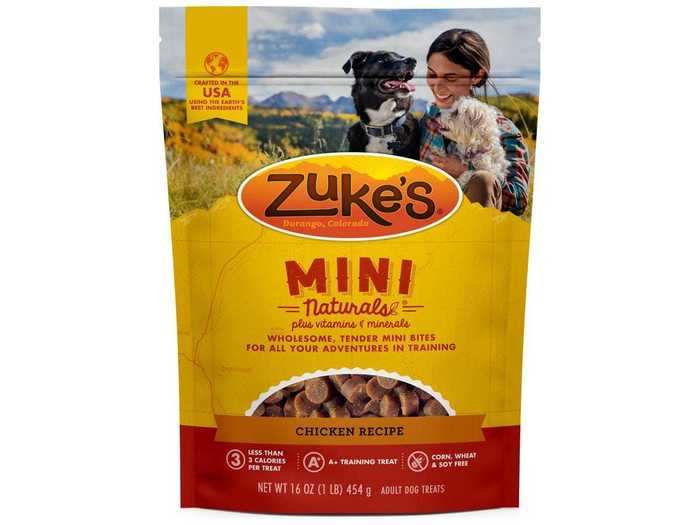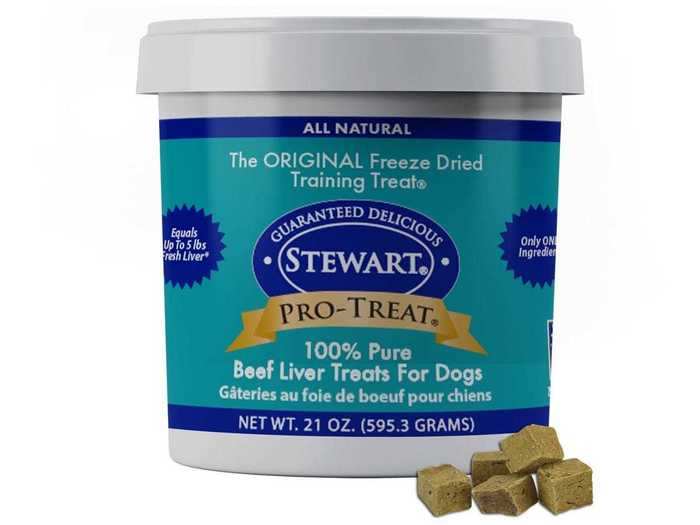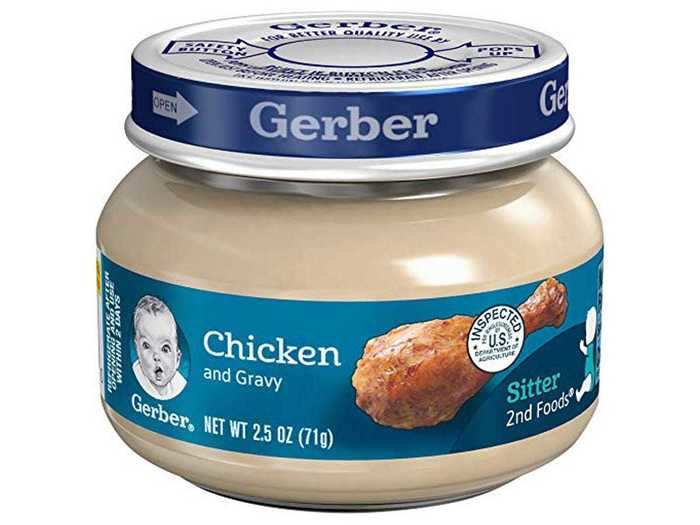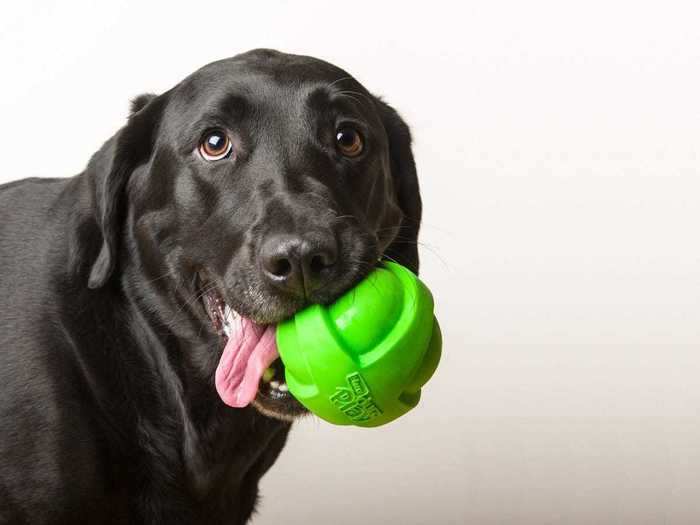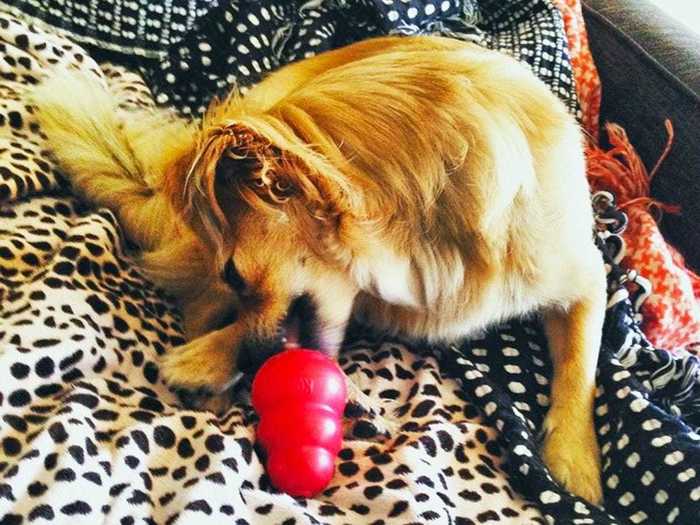Sit Stay SF
When you buy through our links, we may earn money from our affiliate partners. Learn more.
- Dog training builds effective communication between a dog and its humans.
- Successful dog training relies on rewards-based training that is rooted in the science of learning.
- Figuring out what motivates your dog to learn is essential to good dog training.
Bringing home a new dog is a joyful experience. It's also a lot of work. Among the many commitments you make to your new pet — daily feeding and walks, regular veterinary care, comfort and freedom from fear — is to build communication through training. But for those who are new to life with dogs, just figuring out where to start can feel overwhelming.
There is no shortage of dog training "experts" on the internet, on television, and in the bookstore. Unfortunately, just because someone claims they are an expert doesn't make it so. The methods of many so-called expert dog trainers are rooted in pain, fear, and intimidation, not the science of learning.
While you don't need much to begin training, you do need the right kind of guidance for your dog to be successful. We've consulted with two dog training experts for tips, tricks, and essentials for introducing your dog to training. Althea Karwowski is a certified professional dog trainer with seven years of experience and the owner of Sit Stay SF in San Francisco. Sue Minsuk is a San Francisco-based certified dog trainer and counselor with 18 years of experience and the owner of Doggie Do Right Dog Training. I've also added my own insight as a certified professional dog trainer with almost a decade of experience.
At its core, effective dog training depends on figuring out what motivates your dog to learn. "Each dog is an individual," said Karwowski. Find out what your dog truly loves, whether that's food, play, or access to the outdoors, and use it as a reward for behaviors you want to encourage.
If your dog struggles to progress or seems "stubborn," chances are that there's a fairly simple fix to get them unstuck. Giving a dog more space and more choice is one way to support their learning, especially if they are shy. But the trouble may also be related to the quality of the reward you offer or the level of distraction in the environment. "Look more closely at what you're trying to achieve and break it down into smaller steps," said Minsuk. And if the environment seems too distracting, try training in a quieter setting.
Here are 14 tips, tricks, and products to help train your dog:
A dog training book that uses rewards-based methods rooted in science
Amazon
Buy The Power of Positive Dog Training by Pat Miller at
Amazon and
Barnes & Noble, from $13.39
Because it can be a challenge to critically evaluate whether a dog training book, video, or website is using effective, science-based methods, Minsuk recommends asking yourself a few questions to suss things out: 1) Would you be comfortable with the training method presented? 2) Would you enjoy the training method presented? and 3) Would your dog enjoy the training method presented?
"If all parties are not enjoying the activity, it's not likely to be successful or create a strong bond or a good relationship," Minsuk said. One of her longtime favorite training books, "The Power of Positive Dog Training," hits all the marks.
An accessible, well-illustrated book on puppy training
Amazon
Buy Perfect Puppy in 7 Days by Dr. Sophia Yin for
Kindle at Amazon, $5.85 and
paperback at Barnes & Noble, $13.99"I think the book that I send out most is Dr. Sophia Yin's 'Perfect Puppy in 7 Days,'" said Karwowski. "I love it because it's very well-grounded in humane, reward-based training and it has really beautiful photos. I find it really engaging."
If reading a book feels overwhelming, Karwowski recommends checking out videos on the YouTube channel Dog Training by KikoPup. "I send out KikoPup videos to anyone that has a dog," she said.
An advanced book on dog training to take your skills to the next level
Amazon
Buy Excel-erated Learning by Pamela J. Reid at
Amazon and
Barnes & Noble, $16.95
Although Pamela J. Reid's "Excel-erated Learning" is geared more toward dog professionals than dog parents, I often recommend it to those who get bitten by the training bug and want to advance their skills. The slim volume is jam-packed with details about how dogs learn and the most effective ways to teach them.
An easy-opening bait bag for holding treats and other essentials
Amazon
Buy the Doggone Good Rapid Rewards Dog Training Bag at Amazon, $19.95A bait bag keeps your rewards close at hand, a convenience that is especially helpful when you're working on leash or recall training. Both Minsuk and Karwowski are fans of Doggone Good's version.
"The size is just right and I think the magnet closure lasts longer than hinged bags," said Minsuk. The bag is spacious enough to carry a leash, a stuffed toy, a clicker, and poop bags.
Even though the Doggone Good is her favorite, Karwowski said that the most important thing to look for when you buy a bait bag is something you will feel comfortable using regularly. "If fashion is important to you, choose a fancy fanny pack," she said.
A clicker for marking behaviors
Amazon
Buy the Starmark Pro-Training Clicker Deluxe at
Chewy and
Amazon, $4.26
A clicker is one way to let your dog know when they've successfully completed a behavior. In scientific terms, it is considered a "secondary reinforcer," which has value to your dog and elicits a positive response because it is frequently paired with a "primary reinforcer," a reward like food or play. Research shows that a marker word — a quick phrase like "Yes!" or "Good!" — is also an effective secondary reinforcer and may be easier for newbies to use than a clicker.
A soft, lightweight mat that is easy to move around
K&H
Buy K&H Pet Products Self-Warming Dog Crate Pad at Chewy, from $9.99When a dog learns to settle on a mat with behaviors like sit, down, and stay, their relaxed demeanor can be transported to different, more distracting environments along with it. Choose a mat that is lightweight, affordable, and easy to fold up and carry but also soft enough for your dog to be comfortable for extended periods of time.
A comfortable harness with leash attachments at the chest and back
Ruffwear
Buy the Ruffwear Front Range Dog Harness at
Amazon and
Ruffwear, $39.95
For leash training, first "choose a harness that has both a front and a back leash attachment," said Minsuk. As you walk, treat your dog frequently for sticking close to you or for turning their attention toward you. "Behaviors that are rewarded are more likely to keep happening," she said.
All three of us recommend avoiding pinch/prong collars, choke collars, and shock/e-collars at all times. "These are absolutely unnecessary and can cause harm to your dog," said Minsuk.
For more harness options, see our guides to the best dog harnesses and best no-pull dog harnesses.
A lightweight 4- to 6-foot-long nylon or leather leash
Amazon
Buy the Bold Lead Designs Traditional Lead at
Amazon and
Etsy, from $36.75
A 4- to 6-foot-long leash that is lightweight and easy to maneuver is ideal for leash training. Resist the urge to wrap the leash around your hand. Instead, Karwowski said to "put your hand through the loop of the leash, loop the leash over your thumb, and hold the leash at the center of your torso." Keep your hand and arm relaxed so there is no tension in the leash and never use it to correct or drag your dog. Flexi- or retractable leads are best avoided as they can break or become tangled.
A biothane long line to help build a strong recall
Amazon
Buy the Signature K9 Biothane Long Line on Amazon starting at $20.95In teaching recall, Minsuk said the first step is just getting your pup to come back to you from the end of a 6-foot leash. "Call your leashed dog to you and reward. If your dog doesn't come, help them with prompts like hand-clapping or high-pitched sounds. If that doesn't do the trick, go to them and place a treat right in front of their nose and lure them back to you. When you call your dog, you have to make it happen," she said.
As your dog's skills improve, switch from the 6-foot leash to a long line that's 15 to 20 feet in length. With the long line, your dog has more freedom, but there's no risk that they will run off.
Tasty treats for training in low-distraction environments
Chewy
Buy Zuke's Mini Naturals at
Chewy and
Amazon, $13.29
When you first introduce your dog to basic skills like sit, down, and stay, start out in a low-distraction environment, ideally a quiet room in which your dog is comfortable. A high-quality training treat will motivate most dogs to learn at home, and as they do, you can slowly increase the difficulty level by adding additional distractions.
Because dogs aren't very good at understanding that a cue they learn in one location works the same way in another location, training in every room of your home can help to generalize it, Minsuk said. A good rule of thumb is not to increase the challenge until your dog is successfully responding to the cue 80% of the time or more.
Higher-value rewards for distracting environments or challenging behaviors
Amazon
Buy a 12 oz. tub of Stewart Pro-Treat Beef Liver Dog Treats at Chewy, $12.94If you're working on leash training, reactivity, or fear-based issues, a higher-value food reward can make all the difference in motivating a dog to learn. While I like to use tiny, sliver-sized pieces of freshly cooked chicken or hot dogs when I can, many dogs find freeze-dried organ meats just as desirable.
Break them up as small as possible to prevent your dog from filling up and losing motivation. Karwowski also recommends keeping training sessions short and leaving plenty of time for your dog to rest and process what they've learned between them. "Many 5- to 10-minute sessions are going to be more productive than doing a one-hour session," she said.
A special, mind-blowing treat to use when training recall
Amazon
Buy a 10-pack of Gerber Purees 2nd Foods at Amazon, $10Recall is one of the most important behaviors a dog can learn. Convince your pup that coming back to you is part of the fun of going to the park by using an extra-special reward like baby food each time you go. "By using really novel food rewards you can make recall the party your dog can't wait to be invited to," said Karwowski.
A squeaky ball for dogs who are highly motivated by play
Chewy
Buy the Hartz Dura Play Ball at
Walmart and
Amazon, from $2.54
According to science, dogs learn best when the consequence for their behavior is a highly motivating reward. And while it's often easiest to use treats, some dogs respond just as well, if not better, to a squeaky toy or a rolling ball. My current go-to is the ultra-affordable Hartz Dura Play Ball which is bacon-scented, comes in two sizes, and is soft enough to easily squeak.
A Kong toy for building confidence and creating positive associations
Shoshi Parks/INSIDER
Buy the Kong Classic Dog Toy at
Chewy and
Amazon, from $12.99
Food-stuffed puzzle toys like the Kong can be used in a variety of ways in dog training. Setting out a filled Kong for your dog when you leave can help them to form positive associations with being alone, for example. Placing one in their crate can help them become comfortable inside the confined space.
Puzzle toys can also help build confidence in a shy dog, according to Karwowski. If your dog becomes frustrated easily by the Kong, you may have packed it too tightly. "You can start with peanut butter just smeared on the outside and work up to freezing food on the inside," she said.

